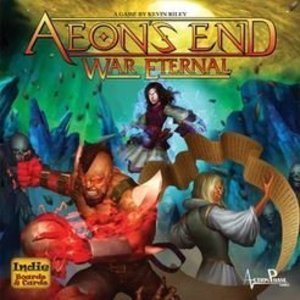Purple Phoenix Games (2266 KP) rated Orbital Conflict in Tabletop Games
Sep 10, 2019
Orbital Conflict is a player versus player (PvP) card game in which the winner is the player showing the most VPs on their cards at game end. It is a game where placement of cards and orientation of cards is paramount in creating a space station that can dole out damage, take a ton of damage, or hybridizes offense and defense using resources granted from off-station investors.
DISCLAIMER: We were provided a copy of this game for the purposes of this review. These are final components, and the game is available from the publisher and other online retail stores. Also, I do not intend to explicitly cover every rule for the game, but to give an idea of game flow and play. -T
To setup the game (in this case a 1v1 head-to-head bout) shuffle all the cards with the white back together and deal each player a hand of five. Shuffle the smaller investor cards to form a draw pile. Give the starting player the Initiative card and you are ready to start!
The game follows a simple game flow following three phases per round: Draw, Main, Combat. During the Draw phase, the player with the Initiative card (I’ll call them the active player) will draw two cards from the white-backed deck (which I will just call cards). Then the other player will draw two cards as well. The active player then draws two investor cards for themselves and places them in front of their play area as possible investors to claim. The other player does the same. If there are any cards containing discard abilities that a player would like to play during the Draw phase, and the discard text reads they may do so during the Draw phase or any phase, they may play them and follow the discard instructions now.
Once done, the game moves on to the Main phase. During this phase the active player will play any cards they wish that are appropriate for this phase, and then the other player will do the same. During this phase players will be playing cards from hand (and as many as they would like) to add on to their space station, activate modules that were previously deactivated, claim investor cards, and prepare for the next game phase. Space stations can be added to via modules. Modules can be single cards, or multiple splayed cards. As you can see in the photo above cards have icons to the left of the white barrier and some will also have icons to the right. Depending on how a card is added to a module certain icons may be covered and therefore inactive. When adding a card to a module (called an extension) the player decides if they want to add the card to the right of the splay, thus covering up icons to the right of the barrier of the covered card, or under the stack to the left of the splay. Additionally, players may flip any card over to have the back showing, which will provide icons usable in a station module. There are restrictions for playing cards, but I will let you discover those on your own.
The game follows a simple game flow following three phases per round: Draw, Main, Combat. During the Draw phase, the player with the Initiative card (I’ll call them the active player) will draw two cards from the white-backed deck (which I will just call cards). Then the other player will draw two cards as well. The active player then draws two investor cards for themselves and places them in front of their play area as possible investors to claim. The other player does the same. If there are any cards containing discard abilities that a player would like to play during the Draw phase, and the discard text reads they may do so during the Draw phase or any phase, they may play them and follow the discard instructions now.
Once done, the game moves on to the Main phase. During this phase the active player will play any cards they wish that are appropriate for this phase, and then the other player will do the same. During this phase players will be playing cards from hand (and as many as they would like) to add on to their space station, activate modules that were previously deactivated, claim investor cards, and prepare for the next game phase. Space stations can be added to via modules. Modules can be single cards, or multiple splayed cards. As you can see in the photo above cards have icons to the left of the white barrier and some will also have icons to the right. Depending on how a card is added to a module certain icons may be covered and therefore inactive. When adding a card to a module (called an extension) the player decides if they want to add the card to the right of the splay, thus covering up icons to the right of the barrier of the covered card, or under the stack to the left of the splay. Additionally, players may flip any card over to have the back showing, which will provide icons usable in a station module. There are restrictions for playing cards, but I will let you discover those on your own.
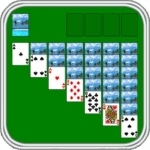
Solitaire (Klondike)
Games and Entertainment
App
Klondike is a solitaire card game. Many people refer to Klondike as "solitaire". aking a standard...

Custom Heroes
Tabletop Game
Custom Heroes is a card-crafting, climbing trick game in which plastic cards are added to sleeves in...
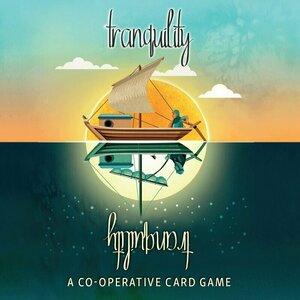
Tranquility
Tabletop Game
Jump on board the good ship Tranquility and set sail for paradise. Take care, though, because in a...

FUT 18 PACK OPENER by PacyBits
Sports and Games
App
The new FUT 18 PACK OPENER by PacyBits has arrived, and it is better than ever before. Open free...
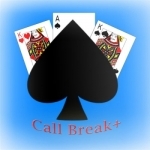
Call Break+
Games
App
Call Break is a popular trick-taking card game played mostly in Nepal and India. It is similar to...
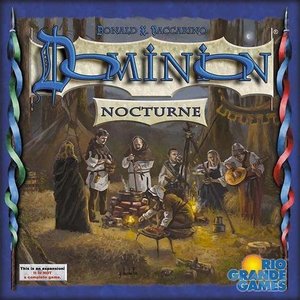
Dominion: Nocturne
Tabletop Game
You've always been a night person; lately you've even considered becoming a vampire. There are a lot...


